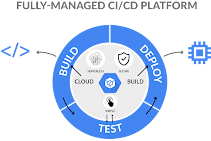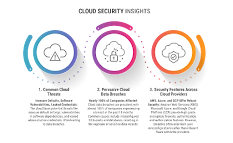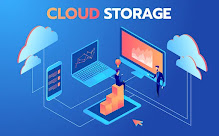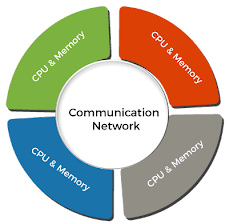Understanding GCP DevOps ? Research and Solutions
.jpg)
Introduction to DevOps In the fast-paced world of software development, achieving seamless collaboration between development and operations teams is crucial. DevOps, short for Development and Operations, is a set of practices that aims to bridge the gap between these traditionally siloed functions. The primary goal of DevOps is to enhance the efficiency and effectiveness of the software development lifecycle. - GCP DevOps Online Training Key Principles of DevOps GCP DevOps is guided by a set of principles that foster a culture of collaboration, automation, and continuous improvement. Automation of repetitive tasks, continuous integration, and continuous delivery are fundamental components, allowing teams to deliver software at a faster pace without compromising on quality. Research in DevOps · Researchers in the field of DevOps focus on understanding the impact of DevOps practices on organizational performance. · ...










